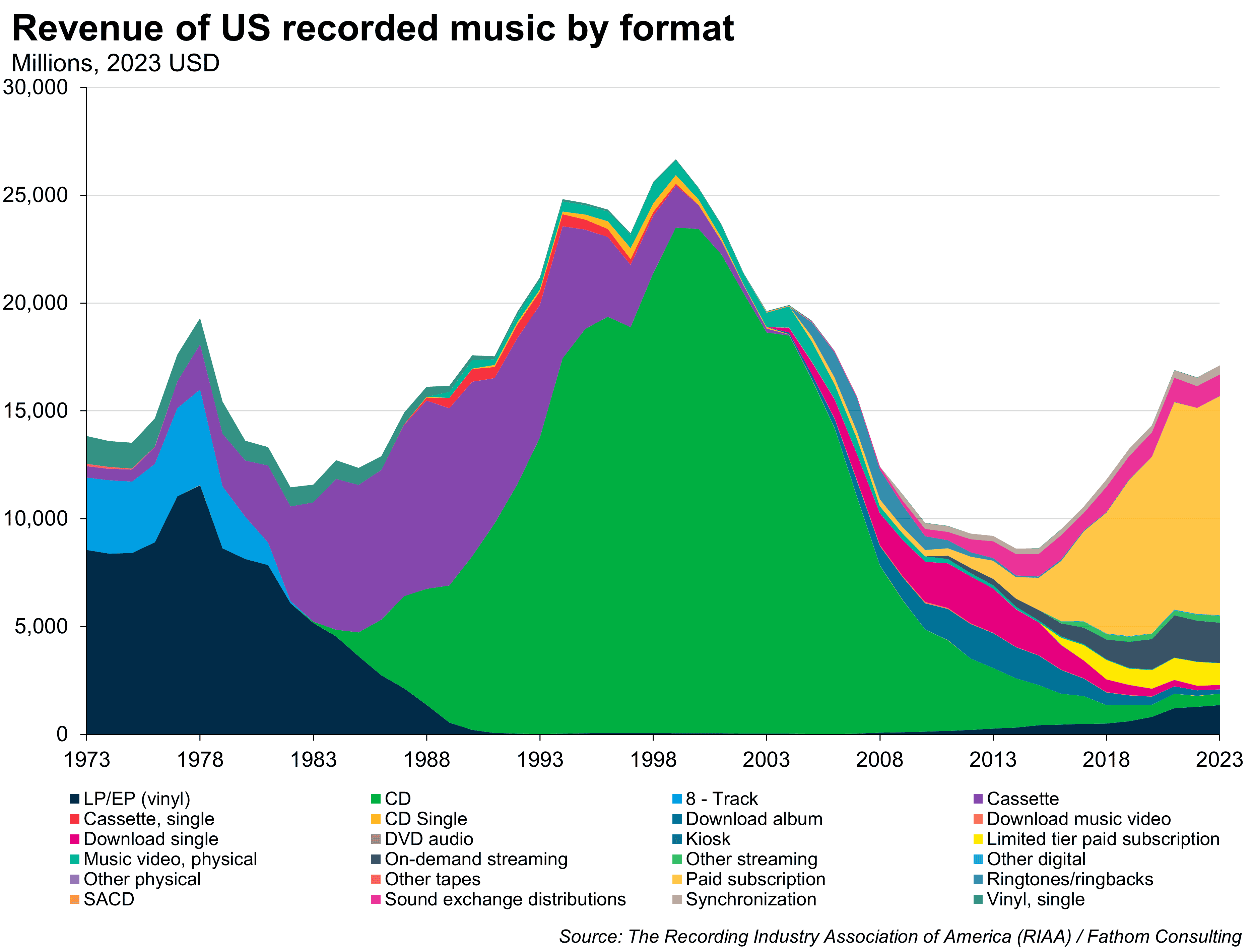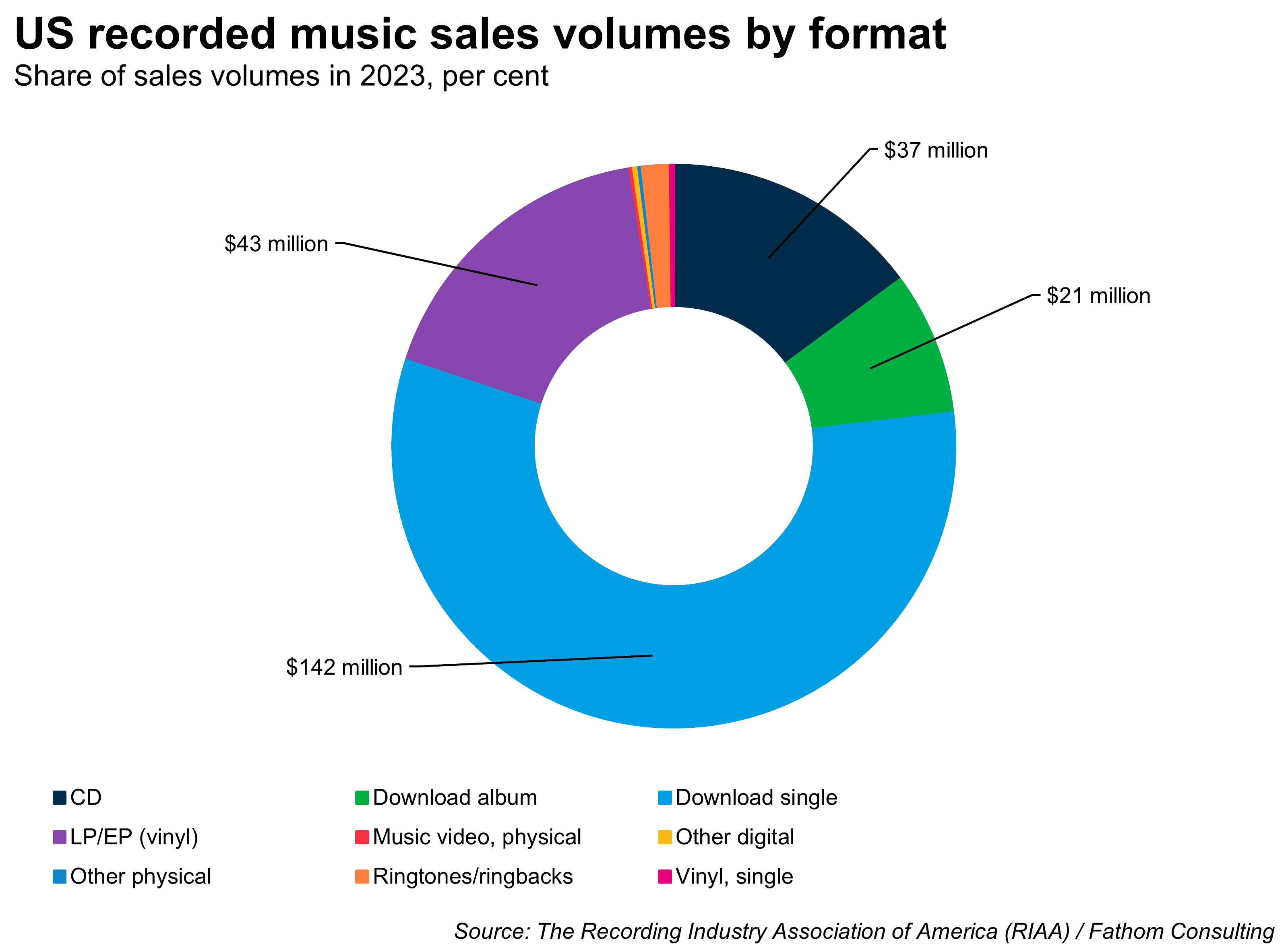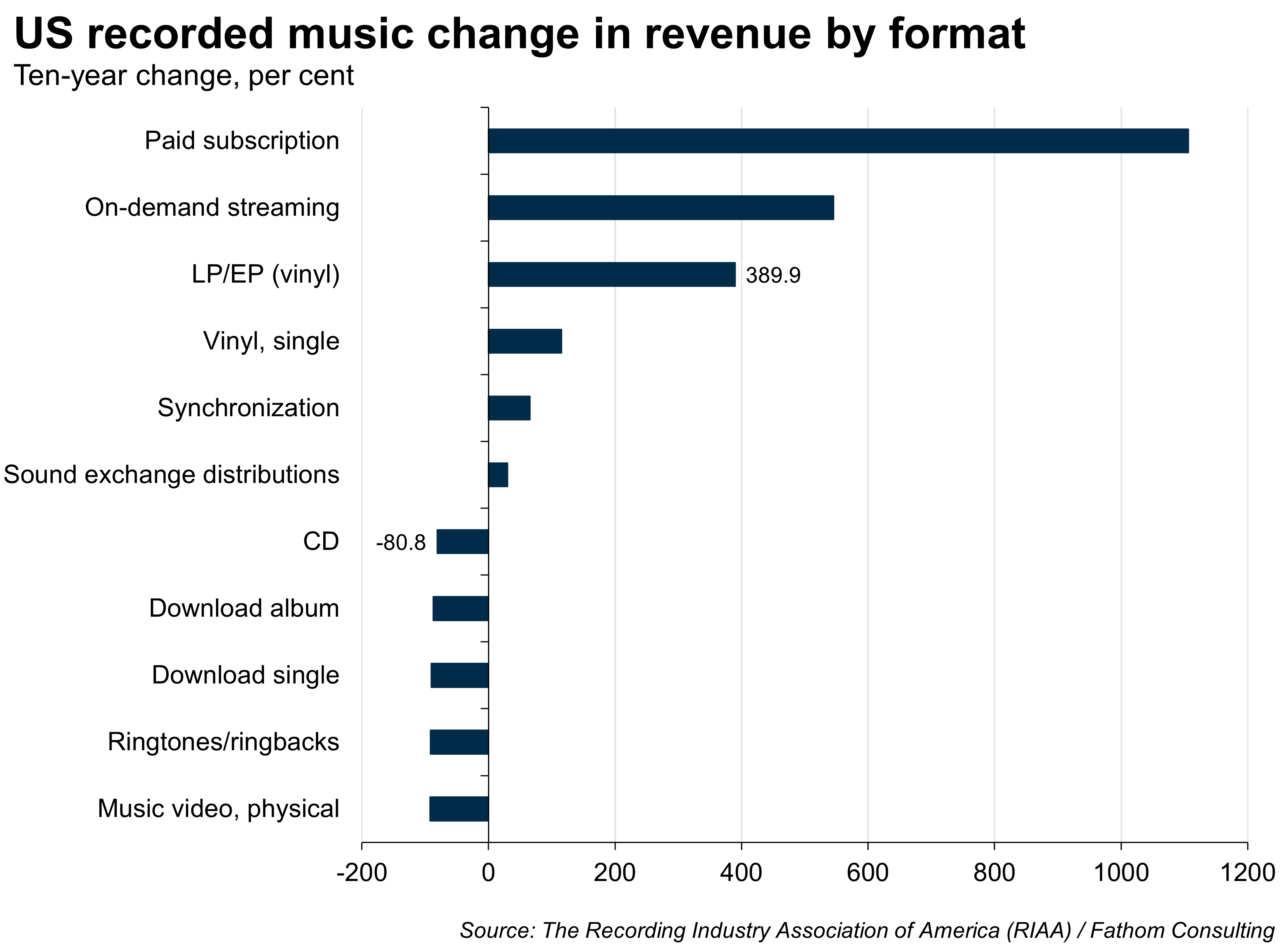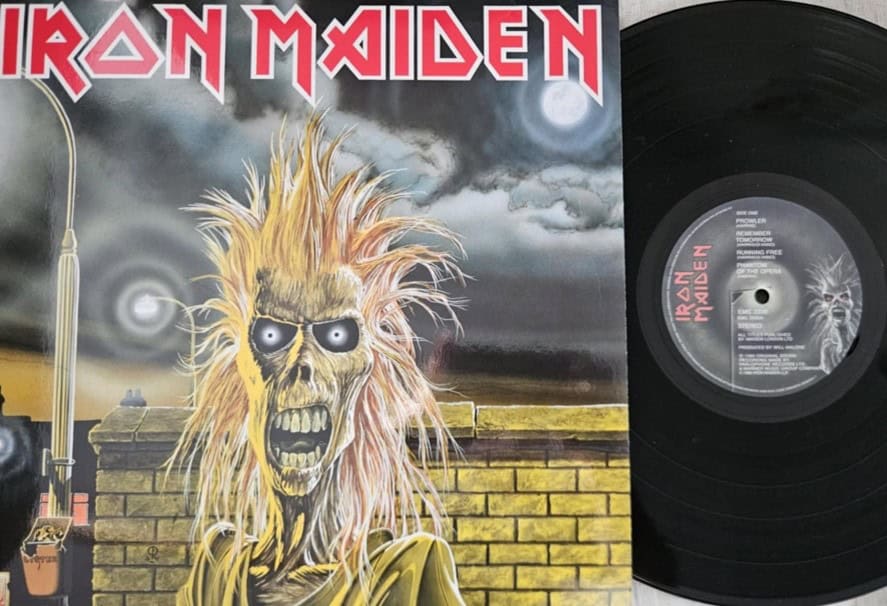A sideways look at economics
The past has a peculiar grip on us. Whether it’s the comforting sound of a song from our childhood, the taste of a long-discontinued snack, or the grainy aesthetic of an old video game, nostalgia has a way of making us yearn for things that once were. While it may seem like a purely sentimental experience, nostalgia is also a powerful economic force, influencing consumer behaviour, corporate strategy and even financial markets. In recent years, companies have exploited this longing for the past, reviving old products, rebooting beloved franchises, while banking on the emotional pull of nostalgia-driven retro branding. Perhaps no industry illustrates the economic power of nostalgia more than the vinyl record market, where a long-outdated medium has experienced an astonishing resurgence.
Nostalgia, once deemed a medical disorder akin to homesickness, is now recognised as an emotion that offers comfort and continuity (Routledge 2016). Research suggests that nostalgia is most powerful during times of uncertainty, economic downturns and technological disruption, as people seek familiarity in a changing world (Sedikides and Wildschut 2018). This emotional pull compels consumers to invest in products that evoke simpler times, reinforcing brand loyalty and fuelling demand for nostalgic experiences. Nowhere is this more evident than in the music industry.
The revenue swings of the US recorded music market is mesmerising, yet it is telling of vinyl’s comeback at hard times — the massive ‘wave’ of the 70’s broke on the ‘wall’ of CDs, only to smash through it at the end of the Global Financial Crisis in 2010. For decades, vinyl records were dismissed as obsolete, replaced by CDs, digital downloads and eventually streaming. Yet, against all expectations, vinyl has made a spectacular comeback. In 2023, for a second consecutive year, vinyl outsold CDs in the US market, reaching 43 million units compared to 37 million CDs (17% relative to 15% in terms of sales volumes shares). In a decade, revenue from LP/EPs — the main forms of vinyl records — jumped by 389.9%, while revenue made off of CDs plunged by 80.8%, according to the Recording Industry Association of America (RIAA).

Vinyl’s record resurgence is not merely a fad but a deep-seated reaction to the digital age. Consumers are drawn to vinyl for its tangible quality, perceived superior sound and the ritualistic experience of playing an album — something that starkly contrasts the ephemeral nature of digital music. Unlike streaming, which provides instant access to millions of songs, vinyl demands patience and engagement. This act of selecting a record, placing it on a turntable and listening to the album in its entirety fosters a sense of intentionality that has largely been lost in the digital era. This renewed appreciation has fuelled a thriving secondary market for vintage records, with original pressings of classic albums commanding high prices at auctions and record fairs. At the same time, new vinyl releases appeal to collectors through exclusive artwork, coloured discs and limited editions, reinforcing vinyl’s enduring allure.


In turn, retailers have taken notice. Major chains like Target and Walmart now stock vinyl records, while independent record stores are tapping into revitalised consumer interest. Record Store Day, an annual celebration of vinyl culture, has become a commercial juggernaut, with exclusive releases driving industry-wide sales spikes. High-end turntable manufacturers have also capitalised on the trend, producing premium audio equipment to enhance the vinyl-listening experience. The true testament to vinyl’s revival, however, is the reaction from its competitors. While streaming remains the dominant force in music consumption, vinyl’s comeback has not gone unnoticed by industry giants like Spotify and Apple Music. In response, these platforms have introduced features that emulate the album-listening experience, curating playlists designed to engage listeners with full records rather than just isolated tracks. Yet these digital adaptations have not diminished the appeal of physical media. Instead, vinyl continues to thrive as both a nostalgic artifact and a lifestyle choice — a tangible antidote to the fleeting nature of streaming, offering a sense of timeliness and engagement that digital music struggles to replicate.
This soaring demand, however, has placed significant pressure on the manufacturing, retail, and logistics sectors. As interest in vinyl exceeded expectations, companies scrambled to ramp up production. In a striking sign of the format’s resurgence, Sony reopened its vinyl pressing plant in Japan after 30 years, while independent plants have boomed, struggling to keep up with the surge in orders from artists and labels. This resurgence has revitalised a once-declining industry, creating jobs and breathing new life into physical music. At the same time, vinyl has become a collectible asset, with limited editions and rare pressings fetching thousands of dollars, mirroring the speculative financial markets of classic cars, retro sneakers and vintage comics.
Nostalgia is more than just a personal emotion — it’s a powerful economic force shaping consumer trends, corporate strategies, and financial markets. The resurgence of vinyl is a perfect example of how an obsolete format can evolve into a multi-billion-dollar industry, fuelled by a longing for the past. As the world continues to change, the demand for nostalgia-driven products and experiences is unlikely to fade. Personally, vinyl has won me over. I once had stacks of CDs and my only experience with records was at my grandparents’ house. That changed when I started my own collection, sparked by two key moments. First, my brother-in-law, after enlisting me to help build his ‘man-cave’ — a project I wrote about in this blog — introduced me to the immersive experience of listening to our favourite band, Iron Maiden, on vinyl. Second, watching my son grow up — a life milestone I also reflected on here — brought back memories of my own childhood, a time when music was more than just hitting play, skipping tracks, or subscribing to a streaming service. I hope he too will come to appreciate that experience — or at the very least, develop the business foresight I lacked to recognise the next retro trend that is poised to become a valuable what.

More by this author